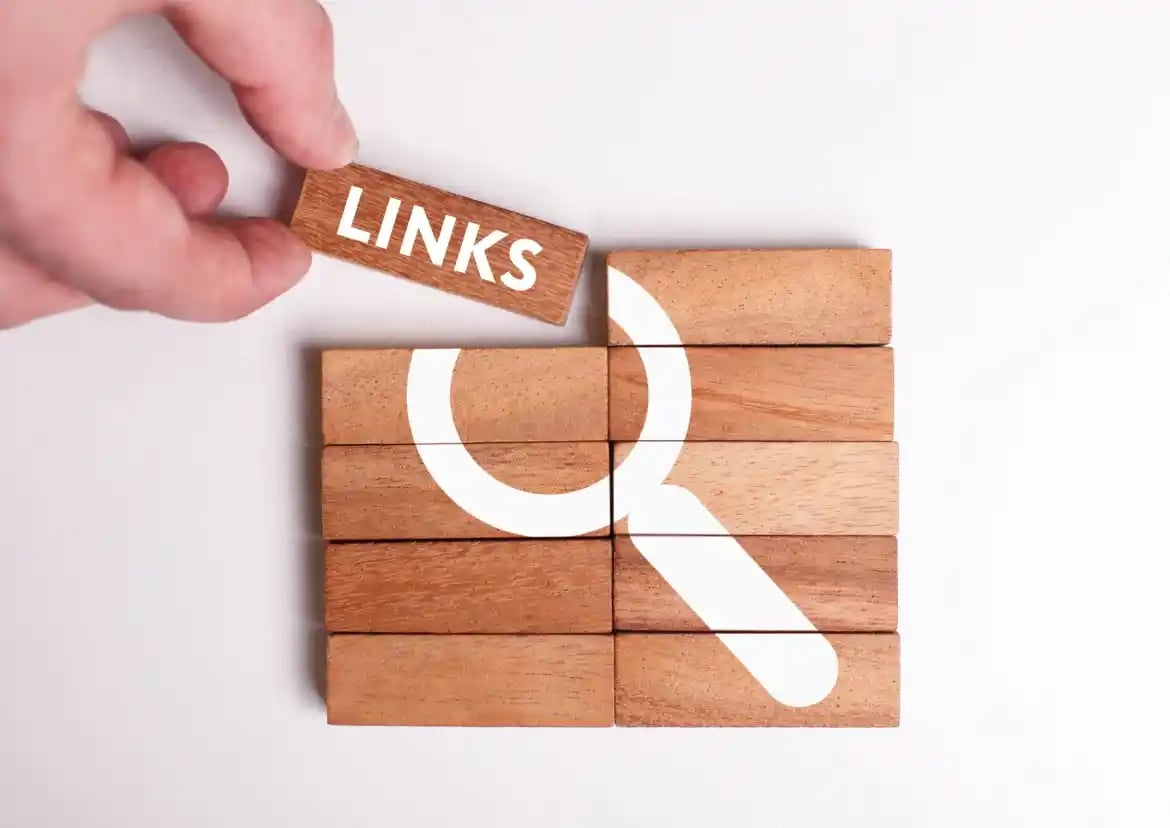How to Identify & Protect your Website from Toxic Links
Date: 9 January 2024

Backlinks play a significant role in determining the online presence and authority of your website. Approximately 58.1% of SEO professionals concur with this assertion. High-quality links can positively influence a website's ranking and perceived authority, whereas links of a spammy nature can detrimentally impact the same.
It is imperative to exercise diligence in the selection of links to maintain and enhance the visibility and integrity of your website. Such caution is necessary to avoid undermining the foundation of your credible website and compromising its digital integrity.
The pressing question, therefore, is: What constitutes spammy links, and how does one identify them to preserve the quality of a website? This article aims to provide a comprehensive understanding of these concerns.
What are Spammy or Toxic Links?
Simply put, spammy links are typically low-quality links that can deteriorate your website rankings. They are specifically created to deceive users and manipulate search engines rather than promote the valuable connection you create for your website.
Google has always been on a crusade against malicious or deceptive links to avoid compromising user privacy and undermining the credibility of a well-founded website. So, when you accidentally use such links, don't be surprised to see Google penalising your website.
Fortunately, you can identify spammy links in various ways, like using a free spammy links checker and ensuring that you are adding quality and genuine URLs to your website.
How to Steer Clear of Spammy Links
1. Unrelated Anchor Texts: Anchor texts are closely connected with URLs because they are the words that searchers click to visit a specific link - for instance, "anchor texts" in this sentence!
Using a related anchor text to the content you're publishing or products you're selling is a proven way of commanding high rankings and conversions, as the search engines can understand better what you are dealing with on the linked site or page. If the anchor text is unrelated to the page it links to, it can said to be a low-quality link. Collaborating with the best content marketing agencies in the UK, like Skale can ensure your anchor texts are strategically optimized for better search engine performance.
2. Links from Paid Link Mills: Another way to identify a spammy link is by checking whether it's coming from a paid link scheme. Paid link schemes came into existence after discovering that quality backlinks benefit rankings.
They are links sold as a package or alone to take advantage of website owners who want a quick way of boosting their ranking through a backlink. However, it's important to note that search engines are now conversant with this trick.
When they discover a link mill set up, they explicitly penalise the sites using it because they violate webmaster guidelines.
3. Links from Non-authoritative Sites: Quality backlinks often come from trustworthy and popular sites, and they are incredibly helpful in promoting your rankings. This is technically a concept of "domain authority," where sites with high DA are Google-friendly while low DA sites are a foe of Google.
Think about it just as you would when choosing a business partner and have already done the groundwork: what quality of partners will you entertain? You would look for a resourceful partner, and it's the same with Google; it can never favour a low-quality site!
4. Links from Irrelevant Sites: Even if you're linking to a quality and highly reputable site, it's all unproductive if the site has information unrelated to the page you want to link to. Typically, Google wants relevant content with supplemental data, so the search engine favours links from relevant sites.
Your page could be a favourite to many users, but linking it to a random website won't do you any good. It will raise red flags and deteriorate your rankings!
5. Spammy links are Often Hidden: Often, spammy links are hidden from search engines and users by background colors, text manipulation, etc. This violates Google search engine policies and can lead to penalties and downgrading your website.
So, always ensure that the links you use are visible and apparent and, most importantly, comply with Google guidelines. Moreover, to prevent from Google's penalty, simply get in contact with a highly reputable platform that provides quality services to buy guest posting, link insertions and white-label solutions to help make your websites free from low-quality and spammy links.
How to Combat Spammy Links?
You've learned the various ways to identify spammy links, so what can you do to ensure your website is never a victim?
1. Use a Spammy Link Checker
Before linking any URL to your website, pass it through a spammy link checker like the link litmus. That way, you only use the links that Google loves, protecting your website from violating Google guidelines. Partnering with GoPeak can further strengthen your backlink strategy by providing high-quality contextual links that align with Google’s standards.
2. Educate your Team
If you want to avoid spammy links, ensure that your content creators and webmasters know the importance of avoiding them and how to avoid them. Remember that they use links while creating content, so it's better to have them know before crafting content for your website. High-quality cybersecurity awareness training can be really helpful to help them identify spammy and toxic links, as well as how to prioritise and utilise premium publication backlinks effectively.
3. Monitor your Links Regularly
Treat your website's backlink profile like a garden – check it regularly. It's like giving your digital space a little TLC to maintain a healthy and trustworthy online presence. Use an SEO dashboard to keep track of new and lost backlinks.
4. Improve Content Quality
The quality of your content is a measure of the DA of the links you attract. So, focus on producing high-quality, relevant content, and you'll ultimately attract natural, authoritative backlinks while discouraging spammy ones.
Conclusion
Dodging spammy links is a game-changer for your site's success. Nail those signs, take charge with smart moves, and spice up your content game. Keep those links clean, kick out the bad vibes, and let your website shine and rank high in the search engines!


.webp)



